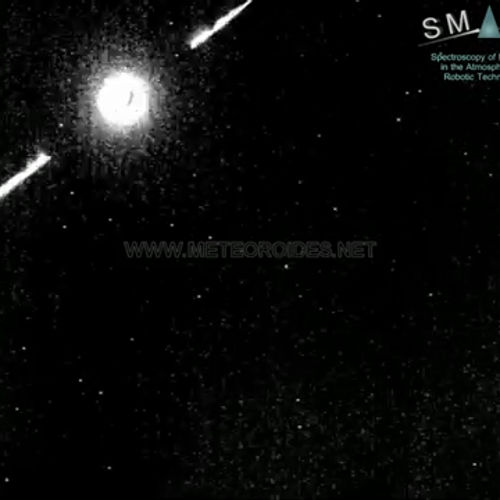
| Added | Wed, 05/06/2019 |
| Источники | |
| Дата публикации | Sat, 25/05/2019
|
| Версии |
A month ago, April 23, in the province of Alajuela in Costa Rica the roof of an apartment house pierced through the... meteorite.
As a result nobody has suffered, however, scientists are still exploring the unique celestial object. Despite the fact that meteorites fall on the planet regularly, a meteorite from Costa Rica attracted particular interest due to its composition, distinct from most of the known previously found. This meteorite is a carbonaceous chondrite — this breed is filled with water and organic compounds. At the University of Arizona compared to carbonaceous chondrites with clay balls containing clay 80-95 %. It should be noted that the water enters in the composition of the clay.
Scientists were able to collect 25 kg of meteorite fragments if join them together, you get an object of similar size with a ball for beach volleyball. The original size of the meteorite was much bigger, but he cracked in the air. You need to collect as much of the wreckage before the end of the dry season, otherwise, they may get soaked from the rain, and also, as a result of being on the air to lose some of its properties.
The importance of such research to science is difficult to overestimate — through the study of meteorites can reveal the history of the Solar system. In 1969 in Australia fell Murchisoni meteorite (also carbonaceous chondrite), which contains many organic inclusions. In 2008, the study was able to detect the nucleic bases.
Translated by «Yandex.Translator»
© Michael Farmer
Translated by «Yandex.Translator»
Новости со схожими версиями
Log in or register to post comments









